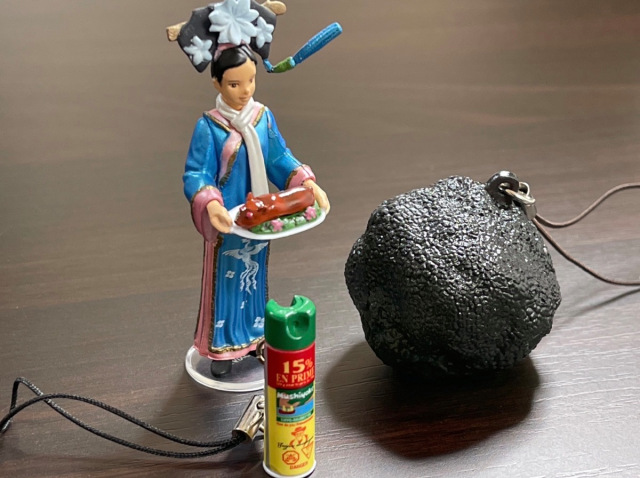
Join us for a little bit of toy archeology.
After our recent report about moving Martian mountain capsule toys, reader Annie Aie posed a very interesting question: “What do you do with extra capsule toys? I’ve always been curious. In the U.S. I’d donate them to a second hand store like Goodwill. Is there a similar system in Japan?”
This is a problem that our capsule toy expert Saya Togashi is very familiar with, and having just gotten three Olympus Mons in a row, suddenly needed to offload a couple. Online flea markets like Japan’s Mercari could work, but given the shipping and very low value of a single toy you’d probably have to make some creative bundles or sell at a loss to get anyone to buy it.
▼ You have to be pretty keyed into the gacha toy scene to know what sells online
If your toy happens to belong to a popular anime or manga franchise, you might be able to get a good deal at some specialty stores in places like Tokyo’s Akihabara or Osaka’s Denden Town. Anime figure shops might take them and so might the occasional store that deals exclusively in second-hand capsule toys and services those who don’t like leaving things to luck or need to complete old collections.
▼ You can often find YouTubers showing off their hauls of second-hand figures
Those places can only be found in certain areas, however, and they probably aren’t interested in Saya’s mountains on wheels. For her, a much easier solution was to take it to a regular “recycle shop” which are places found all over Japan that operate on a business model somewhere between a thrift shop and a second-hand store.
You don’t donate items but also shouldn’t expect to get much money for whatever you sell, so walking in with a bag full of duplicate capsule toys probably won’t cover the gas or train fare it took to get there. Still, it gets them off your hands and keeps them in circulation rather than clogging up a landfill somewhere.
Of course, we use the term “circulation” loosely, as they’ll most likely just sit in a bargain bin for years and years. That might sound like a waste too, but actually it’s kind of cool. As time goes by, these toys become snapshots of bygone eras – “time capsule toys” if you will – that can be experienced for just a handful of yen.
So when Saya went in to pawn off her mountains, she took a dip in the used capsule toy bin to see what moments in Japanese history would resurface. The price tag on each item said that one cost 200 yen (US$1.83) and three sold for 500 yen ($4.56). It was nicely yellowed too, suggesting some vintage goods.
The real beauty of buying capsule toys from a recycle shop is that they don’t have the resources to bother appraising each and every one. The capsule toy industry is said to churn out 250 to 300 new products a month, so you can imagine the influx they have to deal with on a regular basis. This means the chances of finding a hidden gem among everything is not so farfetched, and worth the small price of admission.
So, Saya plunked down 500 yen for three toys and took them home to research. Even if they end up being worth nothing, our reporter could still learn a lot about Japanese capsule toys from the past.
First up was a small figure of a girl, unassembled and still in its original wrapping.
After putting it together Saya had a little Chinese girl serving a suckling pig.
She didn’t seem like any anime character that Saya could recognize, but luckily the original insert paper was included as well.
It said that she was a part of the Chinese Imperial Cuisine Figure Collection, named “No. 11 Waiting Woman.” It was produced by the highly reputable figure maker Kaiyodo, and made by noted artist Eiichiro Matsumoto, who helped develop the highly popular line of animals using toilets capsule toys.
However, on the last page of the insert, there was a mention of Suntory Oolong Tea, and Saya got a sinking feeling…
This wasn’t a capsule toy at all! Rather it was probably one of those bottle cap figures that drinks come out with every once in a while.
Now in a completely disillusioned state, Saya also realized the girl’s tassel was sticking straight up, mocking both her and the laws of gravity.
She checked online and confirmed that this was no more that a promotional giveaway in 2006. However, she also found the entire set of 13 selling for 4,000 yen ($36) on Mercari and placed an order… We are talking about THE Eiichiro Matsumoto here.
Moving along to her next find, Saya unwrapped her second item: a three-centimeter (one-inch) tall spray can labeled with the Japanese word “mushiyoke” (bug repellant) and English word “DANGER.”
It also said “EN PRIME” on the top, but Saya couldn’t understand the meaning until she saw the English on the back which read “BONUS.” The back also revealed “C2016HTB” dating this item as five years old.
Saya figured HTB was short for “Hokkaido Television Broadcasting”, whose program Suiyobi Dodesho was known for its own line of popular figures that are still being released. Although not technically a capsule toy, these figures are sold in blind boxes at convenience stores and supermarkets, making them more or less the same idea.
However, upon checking online, Saya learned that it wasn’t even that. Once again this was no capsule toy, or even a blind box surprise!
Our reporter found that this was merely a keychain given to those who pre-ordered the DVD box set of Suiyobi Dodesho in which the show traveled along the Yukon River and encountered a lot of mosquitoes.
Once again, Saya ended up with nothing more than predetermined freebees and not a capsule toy to be found. One could claim this was false advertising, but she took it in stride. After all, it was this same lack of oversight that also allows hidden treasures to sneak through.
Which brings us to the final item…
It had no explanatory insert, nor did it have any markings on it whatsoever. It kind of resembled a rock.
The texture was bumpy like Godzilla’s skin and the ball measured about five centimeters (inches) in diameter. It also had a strap so you could attach whatever this was to your bag.
However, it was a little squishy and made of a rubber-like material that seemed to have gotten stickier with each passing year.
▼ The red arrows point to moist imprints left on the table by this thing
Saya had gotten rock-shaped capsule toys recently, so it was possible that this was some kind of ancient precursor to those, dating as far back as 2018. She scoured the Internet, searching everything from “stone capsule toy,” to “rock keychain,” but no image resembling what she had came up.
She extended her search to social media and did a reverse Google Image search, but nothing emerged besides other people’s pictures of rocks they’d turned into keychains. Our reporter also searched other items like “ichiban kuji” which are the kinds of items you might find exclusively in crane games. That seemed unlikely for such an ugly little thing like this, but Saya was getting desperate.
She was about to give up, when a sudden flash of inspiration hit. She realized she had been searching under the assumption that this was a rock, but what if she abandoned that preconception and completely opened her mind to other possibilities such as dinosaur poop or a malformed rice ball?
With her newfound clarity, it was just a matter of moments before Saya uncovered the true identity of this thing to be a part of the Nature Techni Color Mono Mushroom Soft Strap 2 collection from 2011.
▼ It’s a truffle!
In the end, our reporter walked away with a drink giveaway, DVD freebee, and a sticky rubber truffle. But each of these items had a certain character that could only come with age, and in the process of understanding them, our reporter learnt a little about herself too.
Saya wondered if, 10 or 20 years from now, another person would end up with her mountains and try to figure out why someone would put wheels on a piece of dinosaur poop.
She wouldn’t have it any other way either, for the true capsule toy lover wouldn’t want to just toss one away when there’s a whole other life of surprising, disappointing, delighting, and mystifying people that awaits it.
Photos ©SoraNews24
● Want to hear about SoraNews24’s latest articles as soon as they’re published? Follow us on Facebook and Twitter!
[ Read in Japanese ]

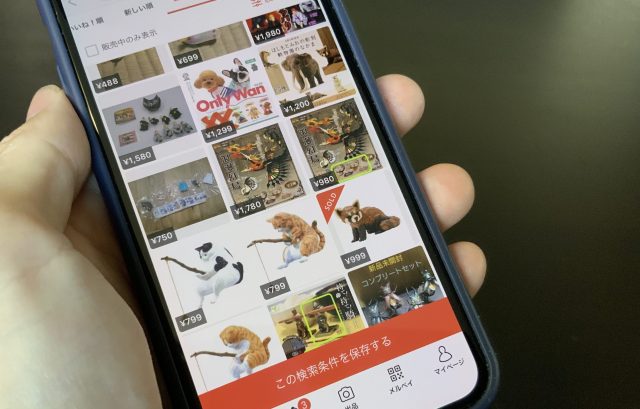
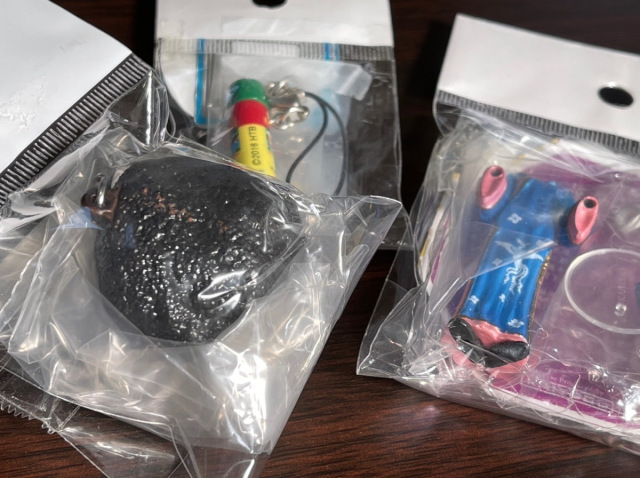
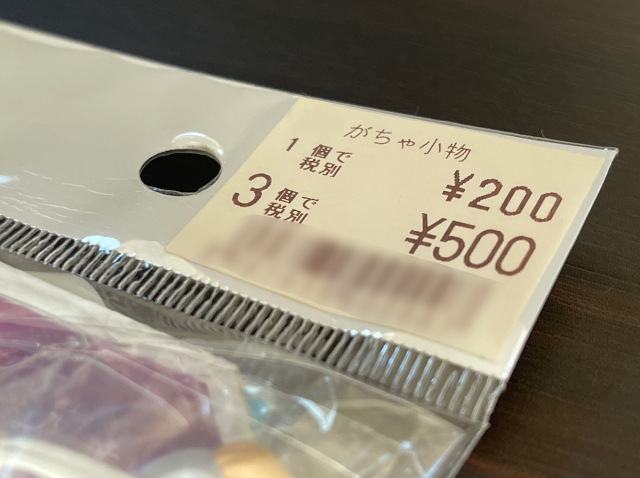
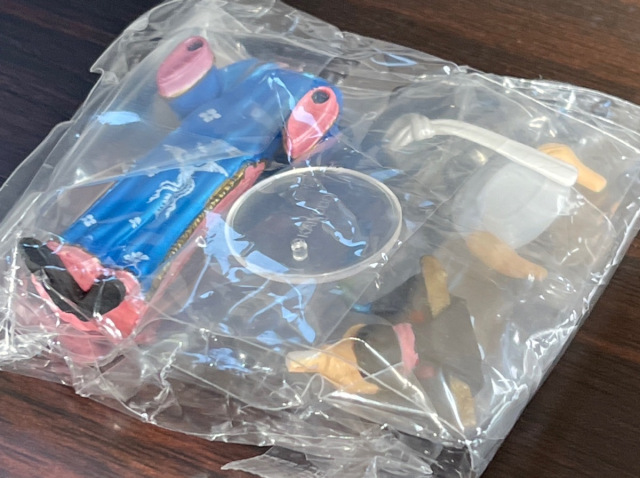

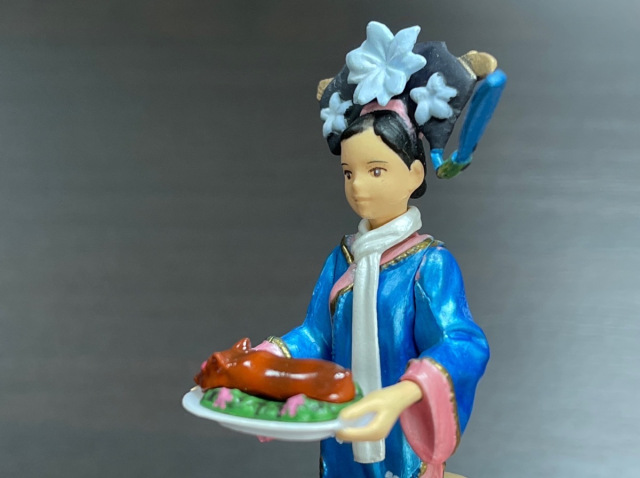
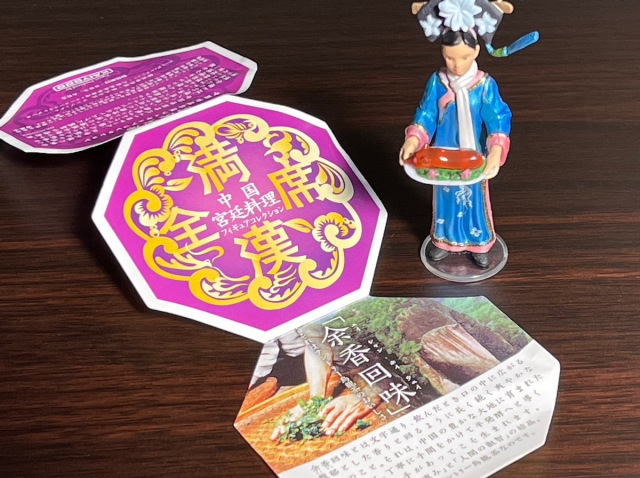
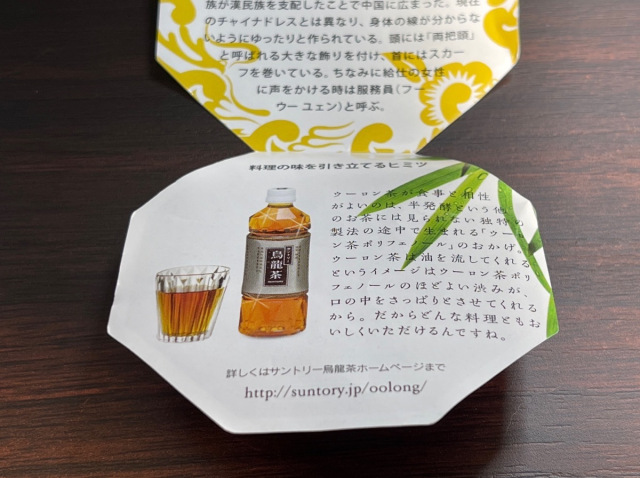
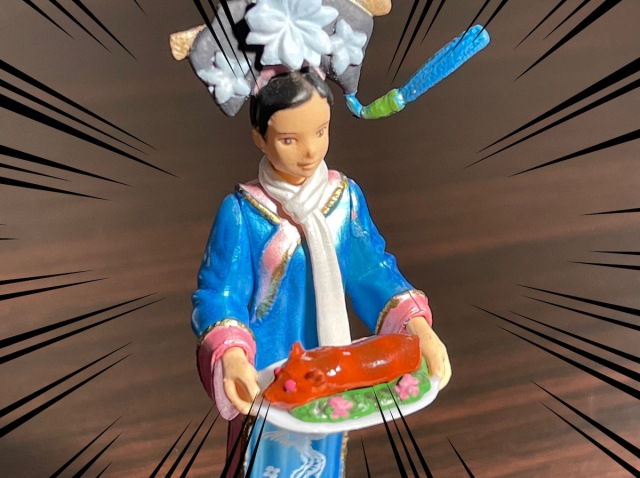
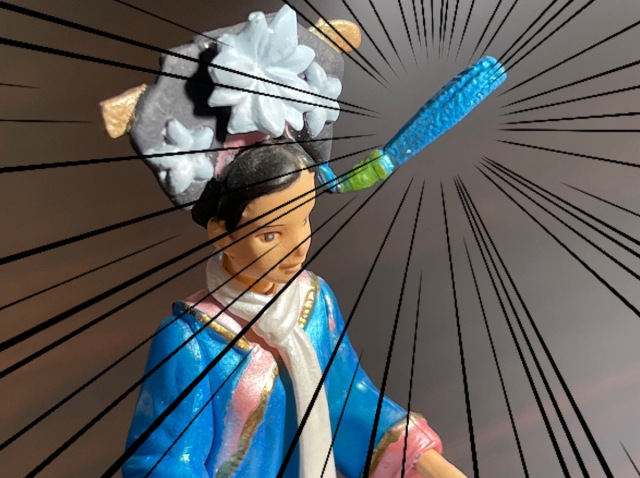
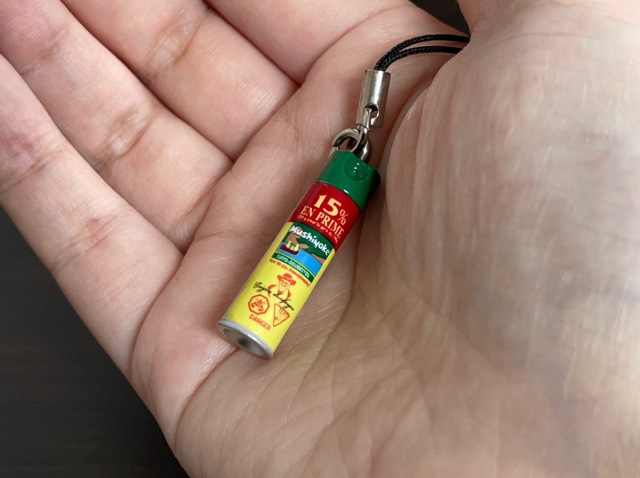
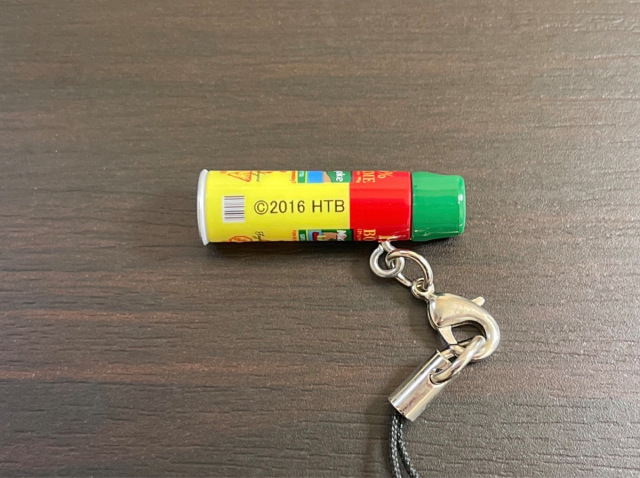
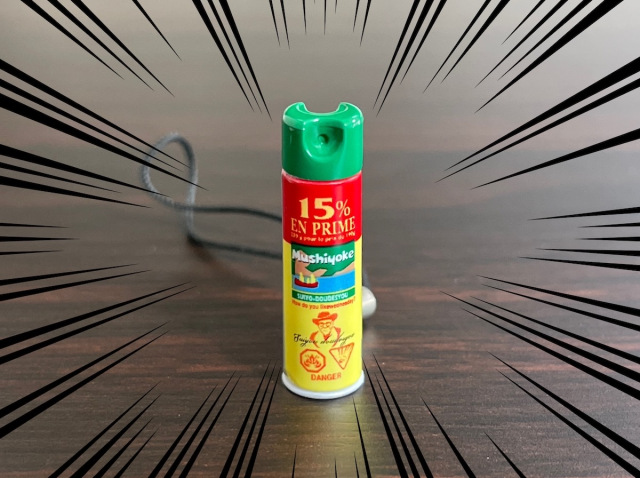
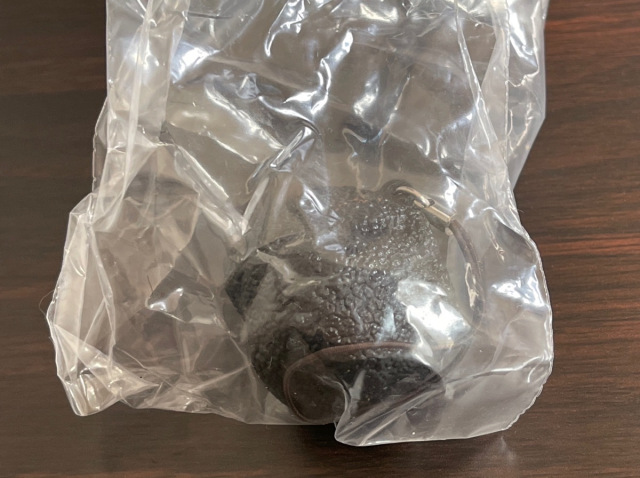
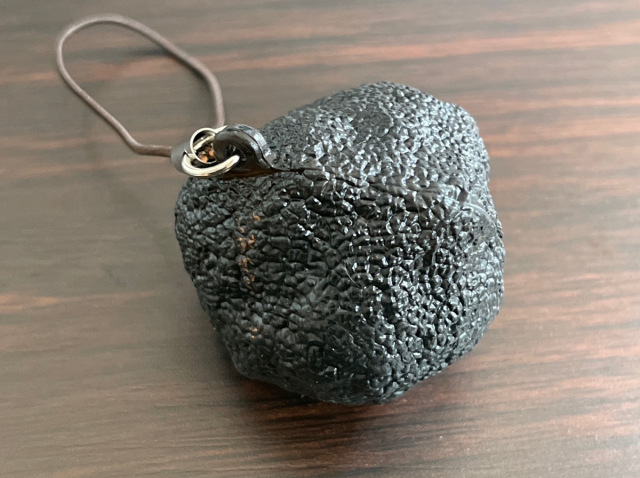
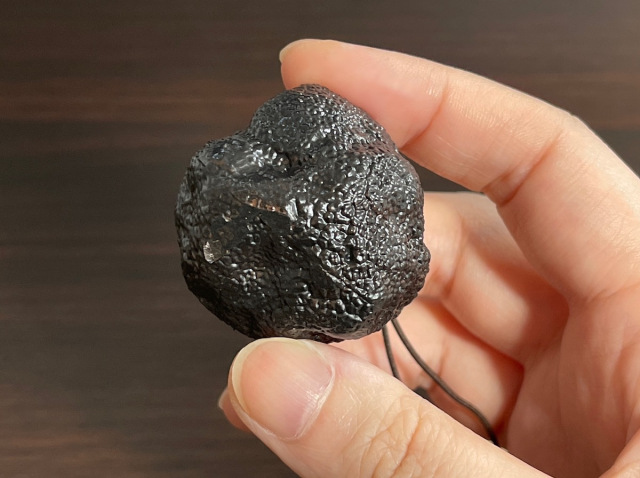
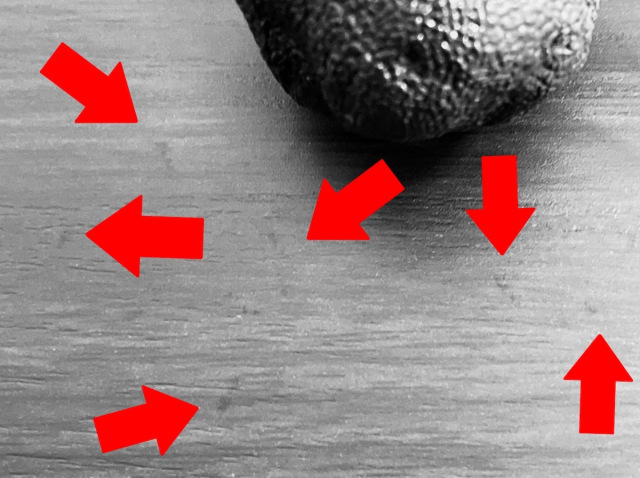
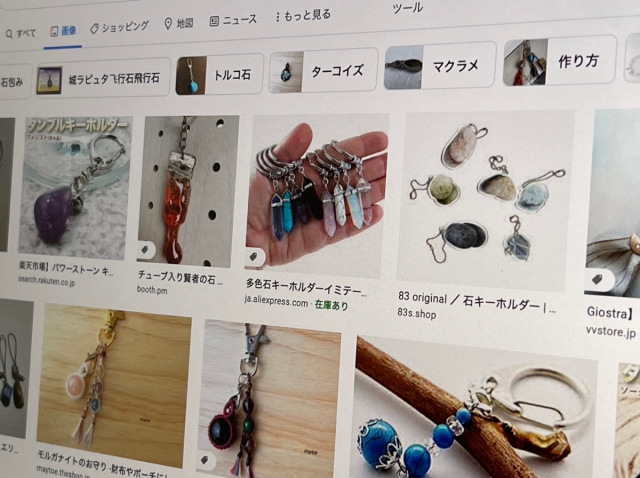
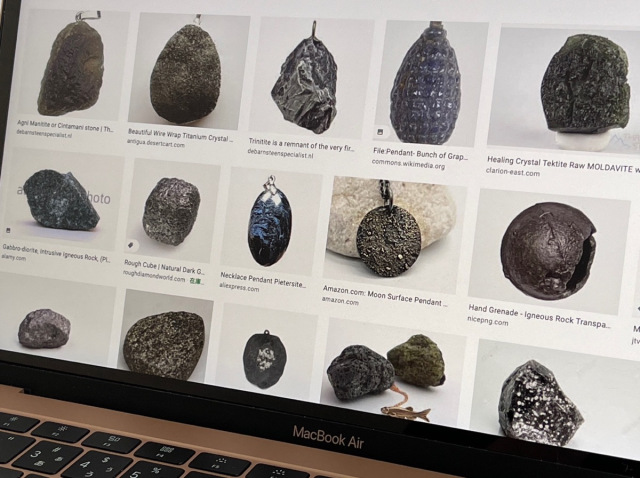
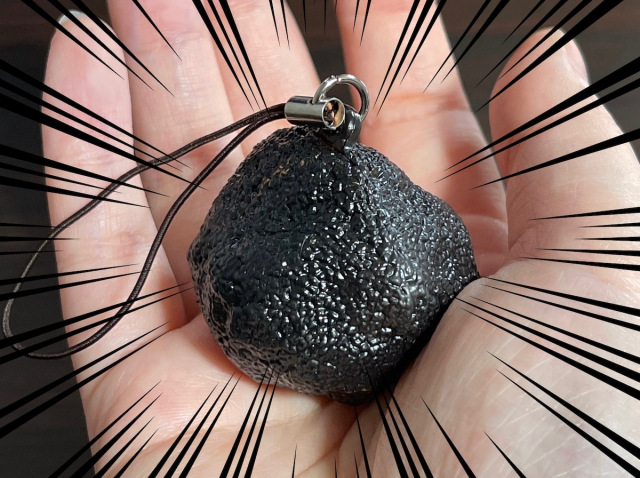
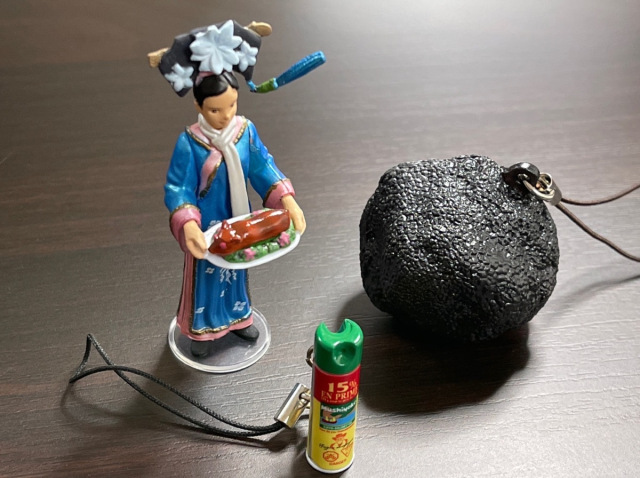
 We got our paws on the real-kitty-litter snow globe, and here’s how it looks
We got our paws on the real-kitty-litter snow globe, and here’s how it looks The Mountain Has Moved capsule toys literally move mountains for your enjoyment
The Mountain Has Moved capsule toys literally move mountains for your enjoyment Definitely not for kids — new Pennywise gacha capsule toy is terrifying yet awesome
Definitely not for kids — new Pennywise gacha capsule toy is terrifying yet awesome Testing Japan’s gacha capsule toy calligraphy brushes – tranquility for just 200 yen【Photos】
Testing Japan’s gacha capsule toy calligraphy brushes – tranquility for just 200 yen【Photos】 Can even our brown thumbs keep this “moss bonsai” kit alive?【Photos】
Can even our brown thumbs keep this “moss bonsai” kit alive?【Photos】 Foreigner’s request for help in Tokyo makes us sad for the state of society
Foreigner’s request for help in Tokyo makes us sad for the state of society Japanese city loses residents’ personal data, which was on paper being transported on a windy day
Japanese city loses residents’ personal data, which was on paper being transported on a windy day Seaside scenery, history, and so many desserts on Yokohama’s Akai Kutsu【Japan Loop Buses】
Seaside scenery, history, and so many desserts on Yokohama’s Akai Kutsu【Japan Loop Buses】 Japan’s summertime towelket pillowcases are even better with the addition of Ghibli stars【Photos】
Japan’s summertime towelket pillowcases are even better with the addition of Ghibli stars【Photos】 Smash Bros. director Sakurai stabs Kirby in the face, has delicious justification for it
Smash Bros. director Sakurai stabs Kirby in the face, has delicious justification for it Ghibli Park now selling “Grilled Frogs” from food cart in Valley of Witches
Ghibli Park now selling “Grilled Frogs” from food cart in Valley of Witches Beautiful Ghibli sealing wax kits let you create accessories and elegant letter decorations【Pics】
Beautiful Ghibli sealing wax kits let you create accessories and elegant letter decorations【Pics】 McDonald’s new Happy Meals offer up cute and practical Sanrio lifestyle goods
McDonald’s new Happy Meals offer up cute and practical Sanrio lifestyle goods Should you add tartar sauce to Japanese curry rice? CoCo Ichi makes diners an unusual offer
Should you add tartar sauce to Japanese curry rice? CoCo Ichi makes diners an unusual offer The oldest tunnel in Japan is believed to be haunted, and strange things happen when we go there
The oldest tunnel in Japan is believed to be haunted, and strange things happen when we go there Japanese ramen restaurants under pressure from new yen banknotes
Japanese ramen restaurants under pressure from new yen banknotes French Fries Bread in Tokyo’s Shibuya becomes a hit on social media
French Fries Bread in Tokyo’s Shibuya becomes a hit on social media Studio Ghibli releases new action figures featuring Nausicaä of the Valley of the Wind characters
Studio Ghibli releases new action figures featuring Nausicaä of the Valley of the Wind characters Red light district sushi restaurant in Tokyo shows us just how wrong we were about it
Red light district sushi restaurant in Tokyo shows us just how wrong we were about it New private rooms on Tokaido Shinkansen change the way we travel from Tokyo to Kyoto
New private rooms on Tokaido Shinkansen change the way we travel from Tokyo to Kyoto Tokyo Tsukiji fish market site to be redeveloped with 50,000-seat stadium, hotel, shopping center
Tokyo Tsukiji fish market site to be redeveloped with 50,000-seat stadium, hotel, shopping center Studio Ghibli releases Kiki’s Delivery Service chocolate cake pouches in Japan
Studio Ghibli releases Kiki’s Delivery Service chocolate cake pouches in Japan New definition of “Japanese whiskey” goes into effect to prevent fakes from fooling overseas buyers
New definition of “Japanese whiskey” goes into effect to prevent fakes from fooling overseas buyers Our Japanese reporter visits Costco in the U.S., finds super American and very Japanese things
Our Japanese reporter visits Costco in the U.S., finds super American and very Japanese things All-you-can-drink Starbucks and amazing views part of Tokyo’s new 170 meter-high sky lounge
All-you-can-drink Starbucks and amazing views part of Tokyo’s new 170 meter-high sky lounge More foreign tourists than ever before in history visited Japan last month
More foreign tourists than ever before in history visited Japan last month New Pokémon cakes let you eat your way through Pikachu and all the Eevee evolutions
New Pokémon cakes let you eat your way through Pikachu and all the Eevee evolutions Disney princesses get official manga makeovers for Manga Princess Cafe opening in Tokyo
Disney princesses get official manga makeovers for Manga Princess Cafe opening in Tokyo Sales of Japan’s most convenient train ticket/shopping payment cards suspended indefinitely
Sales of Japan’s most convenient train ticket/shopping payment cards suspended indefinitely Sold-out Studio Ghibli desktop humidifiers are back so Totoro can help you through the dry season
Sold-out Studio Ghibli desktop humidifiers are back so Totoro can help you through the dry season Japanese government to make first change to romanization spelling rules since the 1950s
Japanese government to make first change to romanization spelling rules since the 1950s Ghibli founders Toshio Suzuki and Hayao Miyazaki contribute to Japanese whisky Totoro label design
Ghibli founders Toshio Suzuki and Hayao Miyazaki contribute to Japanese whisky Totoro label design Doraemon found buried at sea as scene from 1993 anime becomes real life【Photos】
Doraemon found buried at sea as scene from 1993 anime becomes real life【Photos】 Tokyo’s most famous Starbucks is closed
Tokyo’s most famous Starbucks is closed One Piece characters’ nationalities revealed, but fans have mixed opinions
One Piece characters’ nationalities revealed, but fans have mixed opinions We asked a Uniqlo employee what four things we should buy and their suggestions didn’t disappoint
We asked a Uniqlo employee what four things we should buy and their suggestions didn’t disappoint Princesses, fruits, and blacksmiths: Study reveals the 30 most unusual family names in Japan
Princesses, fruits, and blacksmiths: Study reveals the 30 most unusual family names in Japan Is there any point to holding your chopsticks the “correct” way? Let’s find out【Experiment】
Is there any point to holding your chopsticks the “correct” way? Let’s find out【Experiment】 This USB device exists solely to warm up rice balls, and honestly, it does a great job
This USB device exists solely to warm up rice balls, and honestly, it does a great job Resident Evil Umbrella green, red herb bath salts now exist in real world, are terrifying【Pics】
Resident Evil Umbrella green, red herb bath salts now exist in real world, are terrifying【Pics】 There’s no reason not to play with your food with this natto in Nanoblock form
There’s no reason not to play with your food with this natto in Nanoblock form Capsule machine found in Nara with mystery edible insects
Capsule machine found in Nara with mystery edible insects We got our hands on the new and rare 1/12th scale model of a Japanese post box
We got our hands on the new and rare 1/12th scale model of a Japanese post box How to make Ukrainian flag origami crane paper
How to make Ukrainian flag origami crane paper ‘Butter mochi’ flavoured chocolate may be the best kind of Tirol we’ve ever tasted
‘Butter mochi’ flavoured chocolate may be the best kind of Tirol we’ve ever tasted We tried cooking with a personal fryer and now we’re obsessed
We tried cooking with a personal fryer and now we’re obsessed The best-selling rice ball at Family Mart is…SPAM onigiri?
The best-selling rice ball at Family Mart is…SPAM onigiri? Japan’s newest capsule toys: Capsules that Absolutely Won’t Open【Photos】
Japan’s newest capsule toys: Capsules that Absolutely Won’t Open【Photos】 In the search for the perfect crunchy cream puff, we try Beard Papa’s new cookie-topped choux
In the search for the perfect crunchy cream puff, we try Beard Papa’s new cookie-topped choux Seriously, what’s up with Japan’s fixation with animals going to the bathroom as capsule toys?
Seriously, what’s up with Japan’s fixation with animals going to the bathroom as capsule toys? Shiraishi Island needs YOUR character ideas!
Shiraishi Island needs YOUR character ideas! Our matcha skeptic finds green tea dessert for people who don’t like green tea sweets【Taste test】
Our matcha skeptic finds green tea dessert for people who don’t like green tea sweets【Taste test】
Leave a Reply